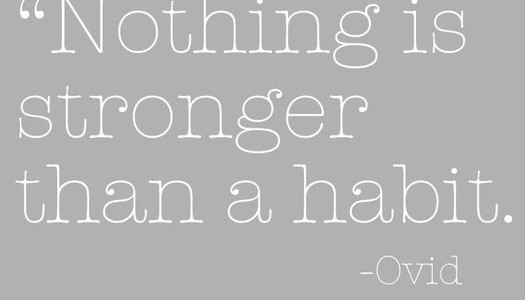I began lifting weights in high school around 2005. I was on the varsity soccer team, and strength training was a part of our pre-season. Obviously, I was unfamiliar with resistance training at the time, but as I did it more and more I grew to enjoy it.
Once I entered college, I became preoccupied with school, hanging out with friends, and playing intramural sports. The gym took a back seat, and I barely touched a weight. After a couple of years though, I started the exercise science program and my first class was called “Resistance Training”.
As part of our class, we had to meet at the gym 3 days a week and lift. Over the course of that semester, I reconciled my enjoyment of strength training and realized its value. My body looked better and I was stronger than I ever had been before.
Fast forward another couple of years and I had finally completed my master’s degree. I was finished with school, married, and starting a life in Savannah with my wife, Candice. After a few months went by, something started to change though. My love of resistance training began to fade.
I’m not sure what happened, but all of a sudden I didn’t want to hit the gym. I felt lazy and apathetic toward working out in general.
This went on for a month or so, and then I came to a realization. If I was going to help people improve their health and fitness, there is absolutely no way I can slack on mine. That would be like learning to cook from someone who has never cooked before. It doesn’t make any sense.
I knew something had to be done. But how could I get back to that joy I felt when lifting weights? The answer lied in making it a habit.
Habits are created when we perform a task over and over again until it becomes almost second nature. Have you ever experienced that feeling when driving home, where you get home but don’t recall the entire ride home?
That’s a habit in action. You have driven home so many times that your brain doesn’t have to work as hard to recall the route. This allows your brain to think about other things, and not focus all its attention on the turns you make.
So, I decided to block off 30 minutes 2 days per week just for training. This only took an hour of my time each week, so it wasn’t a big commitment. And it proved to be a success.
After a couple months went by, I hadn’t missed a session. So, I decided to bump it up to 3 days per week. And again this approach was successful.
Fast forward another year and a half, and it brings us to the present time. I now lift 3-4 days per week and my sessions last about an hour each time. I love lifting weights again and rarely miss a session.
Sure, I still have those days where I don’t always feel like getting in the gym, but the difference between now and a couple years ago is that I will still get my session in. There are even some weeks where I don’t plan anything, and I will go to the gym to simply move.
I may try out new movements, do whatever exercises I want, and simply have fun. It is a time to be active and enjoy the gift of movement. I have made my fitness a habit. And that is why my love for weight training will stick around.
When we get stressed out we always tend to turn to our habits. And that can get us into trouble. Maybe you go for that bag of chips when stressed, or maybe you do nothing but watch tv. These are the types of habits that will cause harm in the long run.
But habits can be changed and new habits made. Just like I turned training into a habit, you can do the same with food and exercise. And when you do so you’ll find things get a lot easier.
So to wrap up, I want to mention the key points for building a new habit.
1. Start small.
I chose 2, 30 minute sessions a week. A very small commitment in the grand scheme of things. Maybe your habit has something to do with nutrition. It could be drinking 2 sodas instead of 3 everyday. Choose whatever you want, but the most important thing is to make sure you can complete it.
2. Perform the habit for an extended period of time.
I did my 2 sessions for about 2 months. If your goal is nutrition related, I recommend a minimum of 2 weeks. This is a time for engraining the habit into your daily life and schedule. It’s important to perform the habit over and over until you feel comfortable with it.
3. Once you feel good about the old habit, make a new one.
I bumped up to 3 sessions a week after I became comfortable with 2. It’s important that you also make a change, if you want to continue to see results. Going with the 2 soda habit from above, you will no doubt see results from dropping these calories from your diet.
However, you will eventually hit a stalling point. In order to keep making progress, you need to make a change. And that change could be as simple as dropping another soda from your daily total.
*****
Habits are crucial to long term success with health and fitness. Motivation will only get you so far. You need to be prepared for days where you don’t feel like eating well or training. Habit building is the answer. Use these tips to start creating your habits, and you’ll see how much easier it is to make progress.
Photo Credit:
1. http://www.examiner.com/article/break-bad-habits-that-hurt-your-finances






